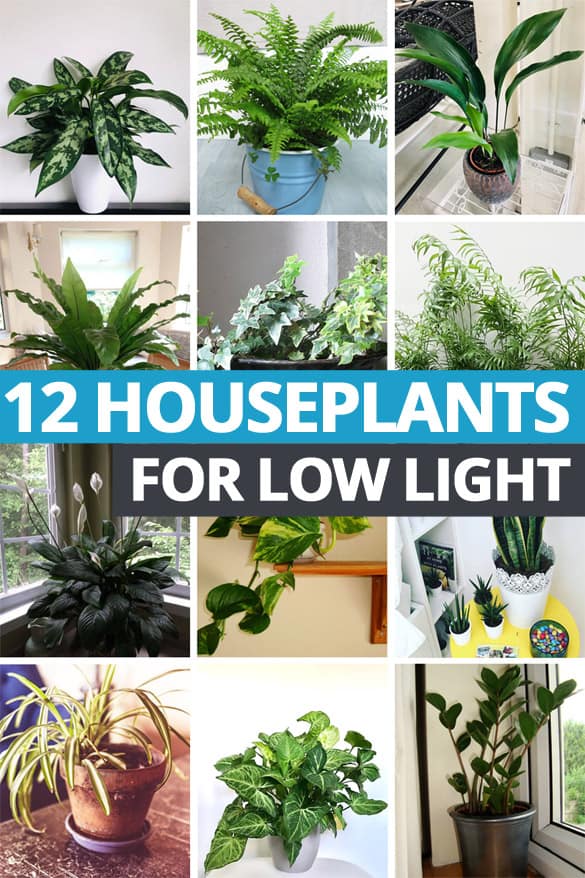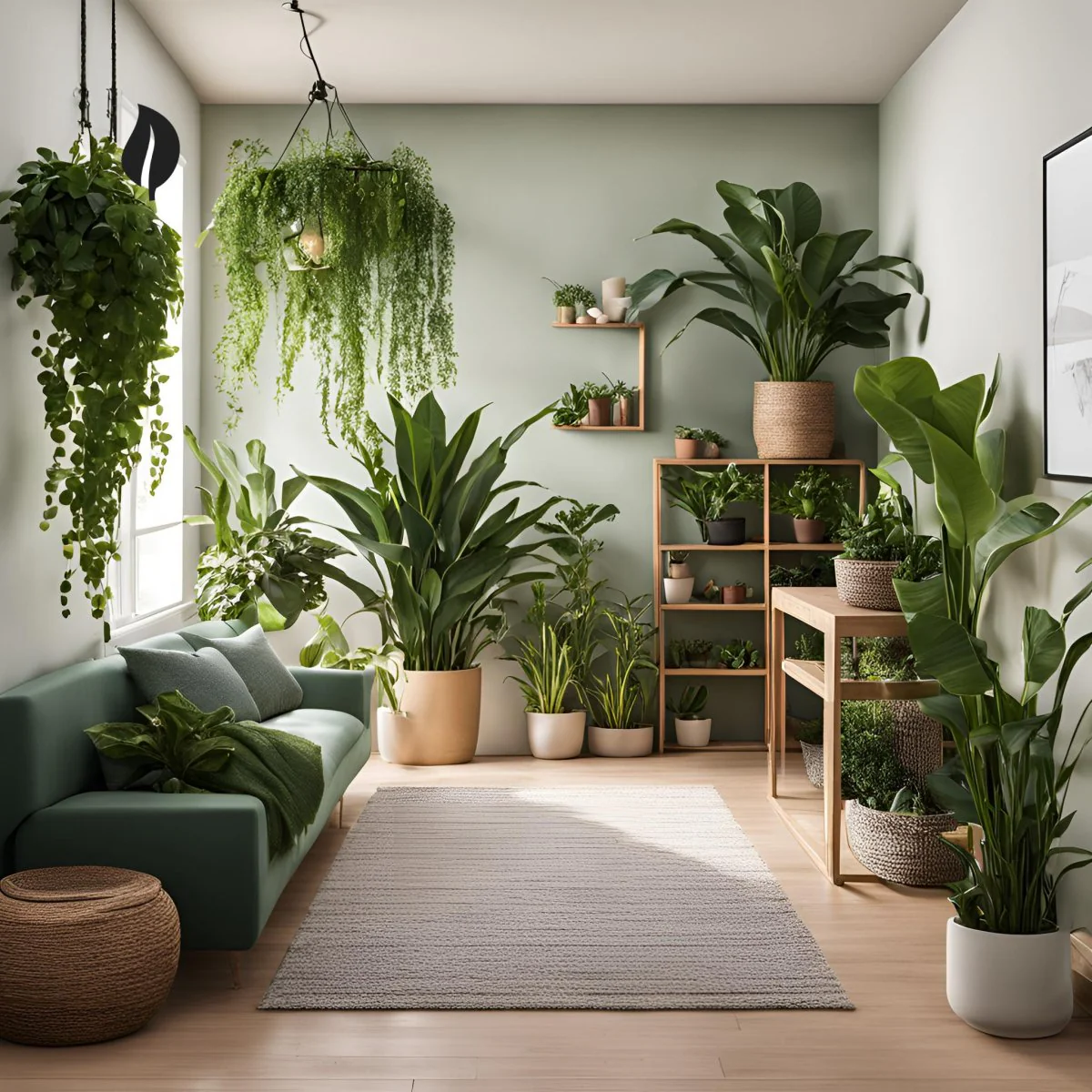How to Choose the Best Low-Light Indoor Plants for Your Interior Design Needs
Transform Your Home With Beautiful Low-Light Indoor Plants and Their Advantages
Incorporating low-light interior plants into your home can considerably improve both the aesthetic and ecological high quality of your home. These plants, which flourish in dim problems, serve not only as decorative elements however likewise as natural air cleansers, making them perfect for urban residents or those with minimal sunshine exposure. As we explore the various sorts of low-light plants and their benefits, you might discover unusual ways to integrate them into your home that can transform your surroundings in ways you could not have actually prepared for.
Advantages of Low-Light Plants
Low-light plants provide various benefits for interior atmospheres, making them an exceptional option for both newbie and knowledgeable garden enthusiasts. Among the main benefits is their adaptability to low-light conditions, permitting individuals to boost their space without the demand for extensive sunlight exposure. This particular makes them perfect for houses, offices, and various other locations with minimal all-natural light.

Moreover, integrating low-light plants into home decoration can raise the aesthetic appeal of a space. Their lush vegetation and varied textures develop a relaxing atmosphere, contributing to total well-being. Lastly, the existence of greenery has been linked to minimized tension levels and improved efficiency, making low-light plants a sensible selection for boosting both mental and physical wellness in indoor setups.
Leading Low-Light Indoor Plants
While lots of indoor plants thrive in bright light, a number of species are specifically well-suited for low-light problems, making them suitable for numerous interior rooms. One preferred selection is the Snake Plant (Sansevieria), recognized for its striking upright fallen leaves and resilience, needing marginal treatment. One more outstanding option is the Pothos (Epipremnum aureum), which includes heart-shaped leaves and can trail beautifully from hangers or shelves, prospering in reduced light and including a lush touch.
The ZZ Plant (Zamioculcas zamiifolia) is celebrated for its shiny leaves and capacity to hold up against overlook, making it best for active way of lives. The Peace Lily (Spathiphyllum) not only endures low light however additionally produces spectacular white flowers, improving any type of room's aesthetic.
For a special touch, take into consideration the Cast Iron Plant (Aspidistra elatior), which certainly measures up to its name, thriving in the darkest edges of your home. Lastly, the Chinese Evergreen (Aglaonema) provides a range of fallen leave patterns and colors while being exceptionally forgiving in low-light problems. These plants not just enhance interior atmospheres however also add to air purification, improving your living space.
Care Tips for Low-Light Plants

Watering practices are vital; these plants commonly prefer slightly completely dry problems. Overwatering can cause root rot, so make certain that the top inch of dirt is dry prior to sprinkling once again. Usage pots with drain openings to permit excess wetness to leave.
Moisture is another vital factor. Many low-light plants, such as ferns and tranquility lilies, advantage from greater moisture degrees. To increase moisture, think about misting the fallen leaves or placing a tray of water near the plants.
Fertilizing needs to be approached with caution. Throughout the growing period, use a diluted, balanced liquid plant food each month to sustain development, but avoid fertilizing throughout the inactive wintertime months.

Innovative Ways to Show Plants
Indoor plants can function as exciting prime focus in any kind of space, enhancing both aesthetic allure and ambiance. Creative display screens can boost the aesthetic influence of low-light plants, making them an important part of your home decoration. One effective approach is to use tiered plant stands, which enable you to display numerous plants at differing heights while taking full advantage of floor space.
Hanging planters are an additional ingenious choice, developing a sense of deepness and attracting the eye up. Take into consideration macramé hangers or wall-mounted shelves to introduce an unique appearance and style.
For a much more organized approach, usage geometric terrariums or glass containers to house your plants, adding a modern touch to your interior yard. You can likewise repurpose classic products, such as teacups or wooden crates, for an eclectic display screen that shows your individuality.
Enhancing Home Ambiance With Plants
Integrating low-light plants into your home not just boosts aesthetic charm but also contributes significantly to the general ambiance. These plants serve as all-natural decoration components, presenting a feeling of peace that can transform any type of room. The existence of plant cultivates a soothing ambience, which is specifically helpful in high-stress settings such as office or living rooms.
Low-light plants, such as serpent plants, pothos, and ZZ plants, are not only aesthetically pleasing yet likewise improve interior air high quality by filtering toxins. This twin function boosts the ambiance further, creating a much healthier home (Best low-light indoor plants). The tactical placement of these plants can additionally affect the perception of room; Read More Here as an example, tall plants can attract the eye upward, making ceilings appear greater and areas much more roomy
Moreover, differing structures and shades of vegetation add depth to indoor style, enabling innovative expression in home designing. Whether positioned on shelves, in corners, or as centerpieces, low-light plants can elevate the mood of any kind of area. click to read more In recap, including these plants right into your home is an efficient way to foster a warm, inviting atmosphere while profiting of boosted air top quality and aesthetic versatility.
Final Thought
Incorporating low-light indoor plants into home settings supplies many benefits, including improved visual charm and enhanced air quality. These durable plants, such as the Snake Plant and Peace Lily, need very little light and upkeep, making them ideal for diverse way of lives.
While several indoor plants prosper in intense light, a number of varieties are particularly appropriate for low-light conditions, making them perfect for numerous interior areas. One effective technique is to utilize tiered plant stands, which enable you to showcase several plants at varying elevations while optimizing floor area.
Low-light plants, such as serpent plants, pothos, and ZZ plants, are not only aesthetically pleasing but also improve indoor air high quality by filtering system toxins. Best low-light indoor plants. The strategic positioning of these plants can also influence the understanding of area; for instance, tall plants can attract the eye upwards, making ceilings show up greater and areas a lot more sizable
These resilient plants, such as the Serpent Plant description and Tranquility Lily, require minimal light and upkeep, making them ideal for varied lifestyles.